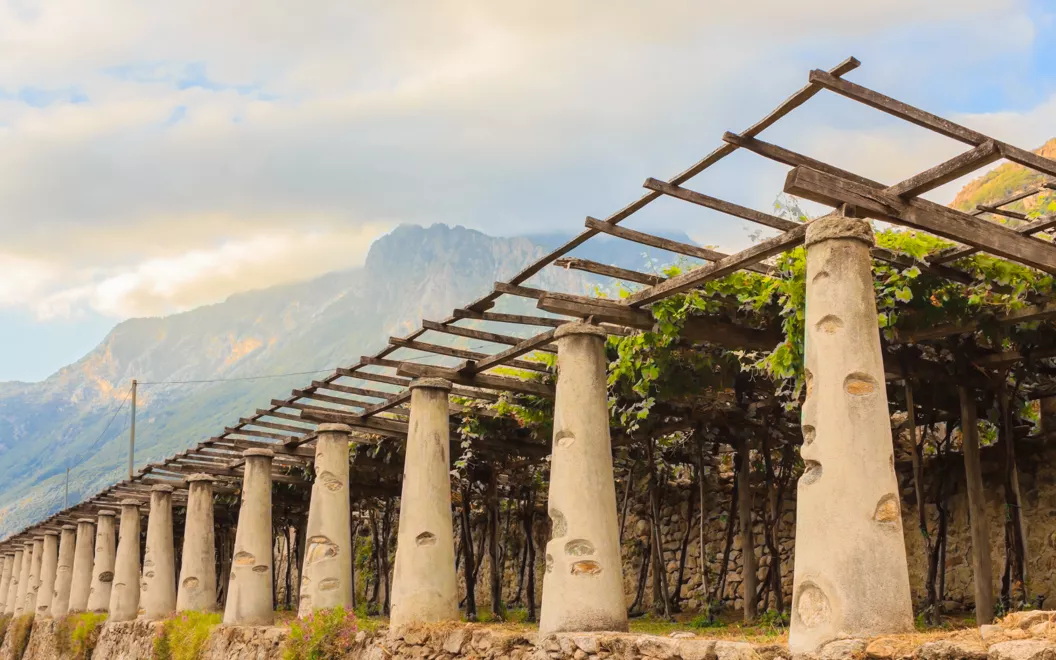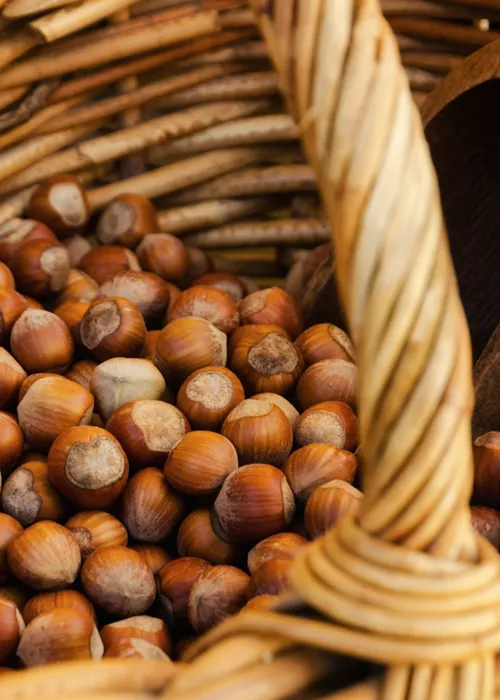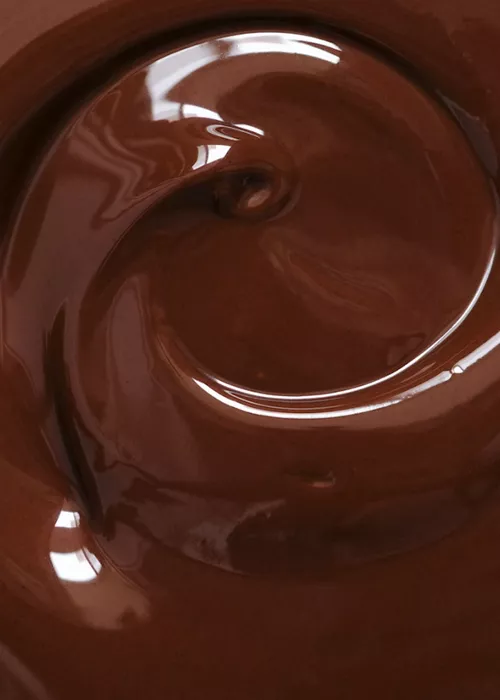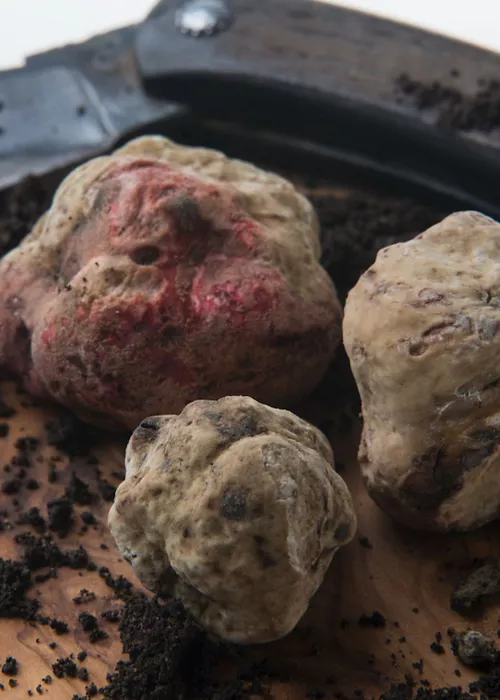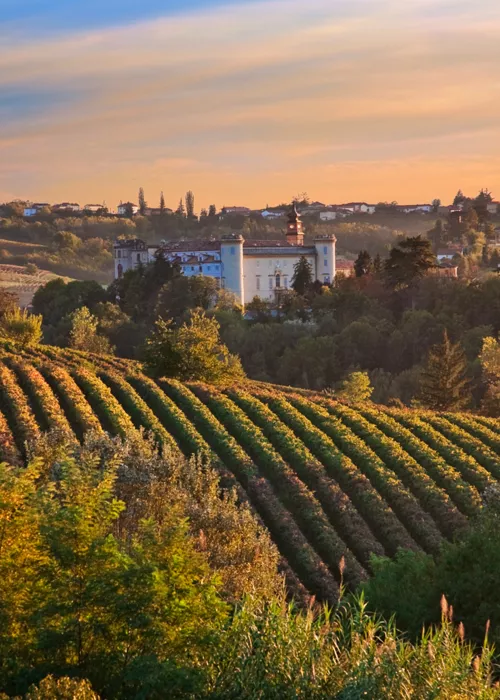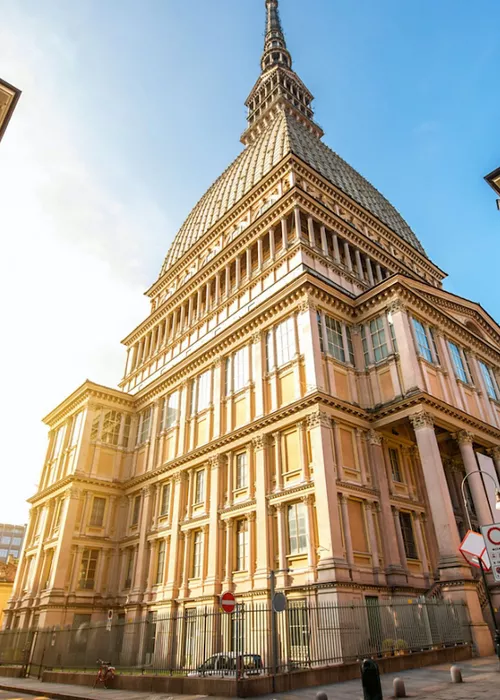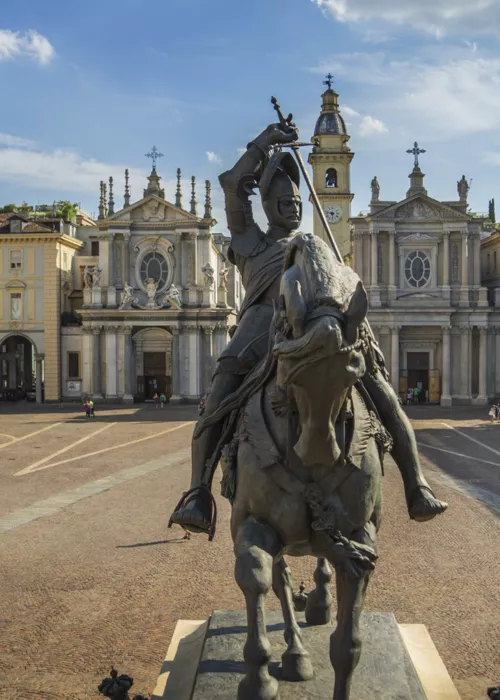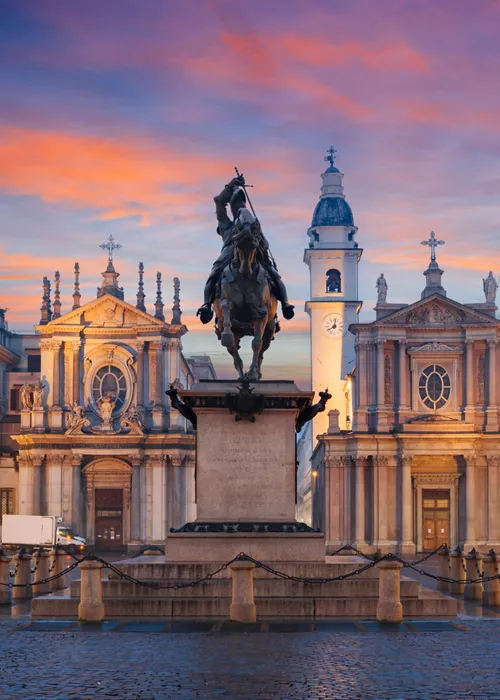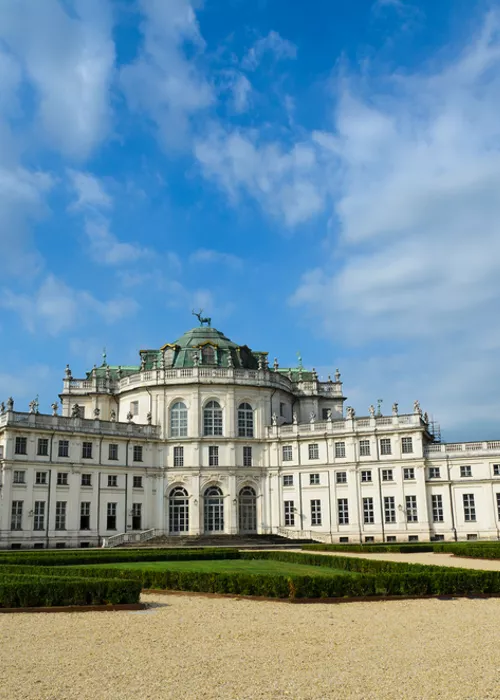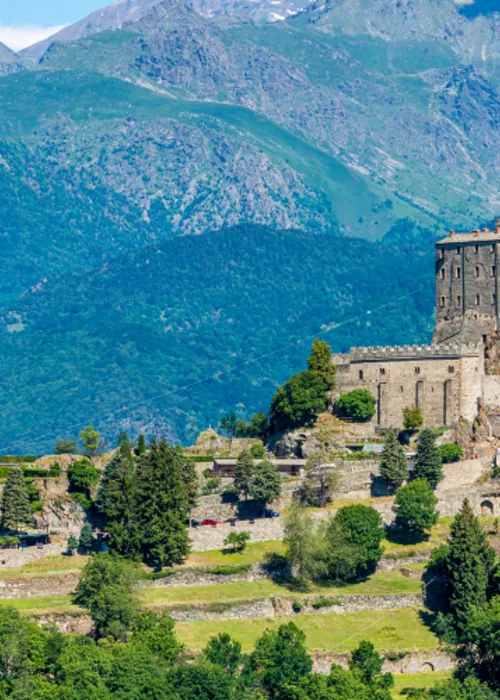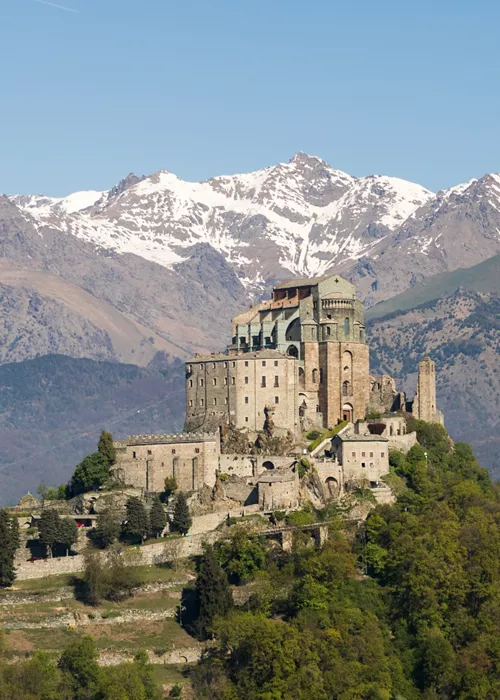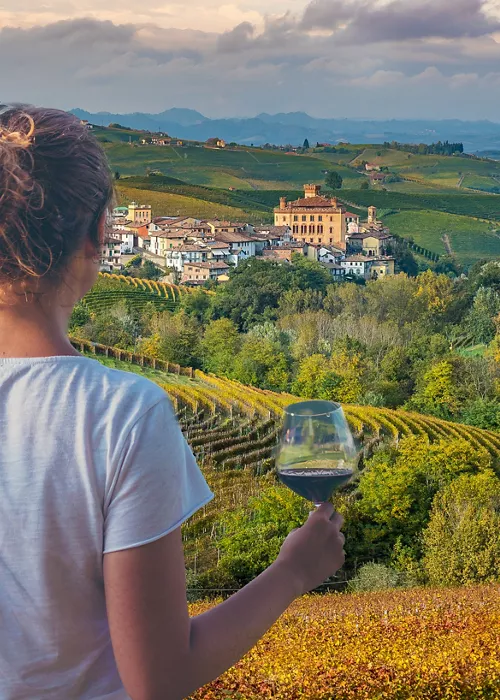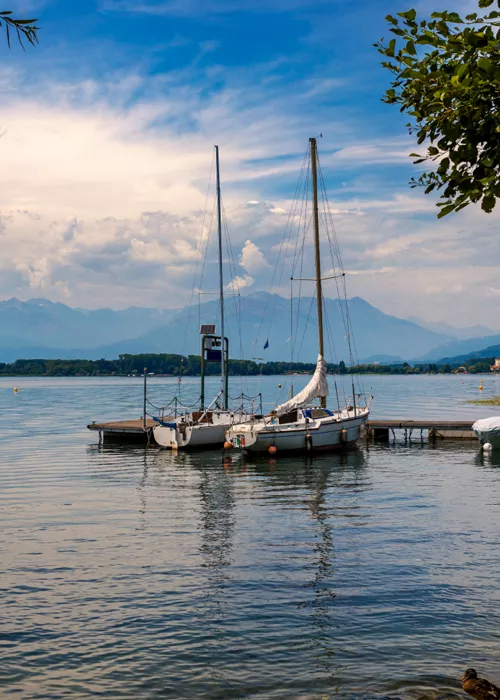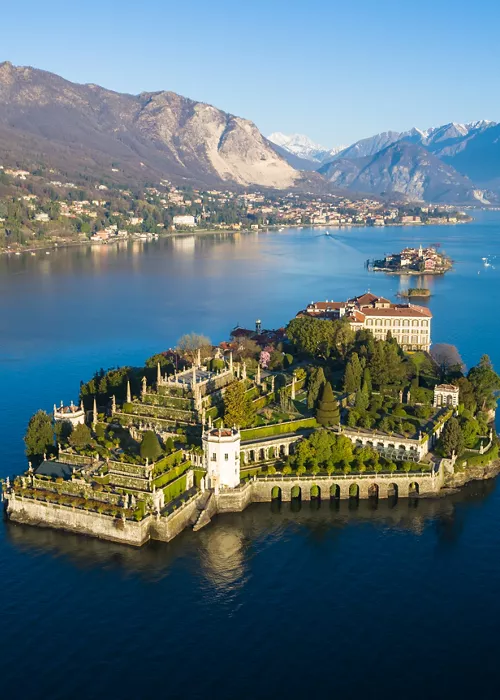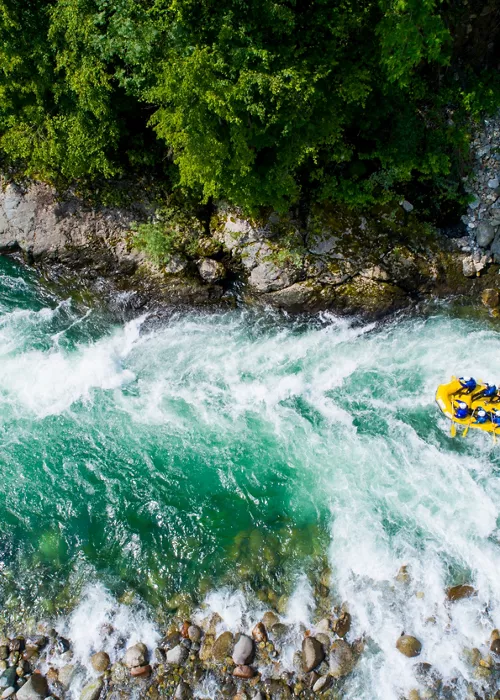The terraced vineyards of Carema: unique landscape and an unmissable wine
2 minutes
A small village on the border between Piedmont and Valle d'Aosta watches over one of the most beautiful agricultural landscapes in Italy: the terraced vineyards of Carema have exploited the steepest slopes of the mountain to cultivate nebbiolo grapes, used to make Carema DOC wine.
The architecture of the vineyards
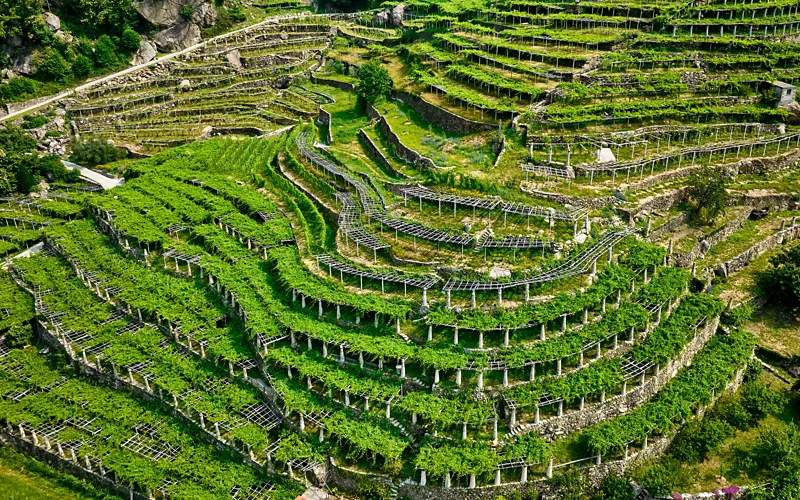
Carema is a natural amphitheatre ranging from 300 to 600 metres above sea level, protected from the cold north winds and with plenty of sunshine. But it’s also on a steep slope. To take advantage of the soil and make it arable, man found a bold, ingenious solution: the mountain has been terraced with dry stone walls with pergolas to cultivate vines where it seemed impossible.
Each chestnut wood pergola, called a topia, is supported on one side by a dry-stone wall and on the other by a system of stone columns called pilun. The stone supports not only have the task of supporting the vines: they store the sun's heat during the day and maintain an ideal microclimate at night. In addition, the suspended “wolf's mouth” pergola also allowed the space underneath to be used for growing vegetables.
The Vineyard Trail
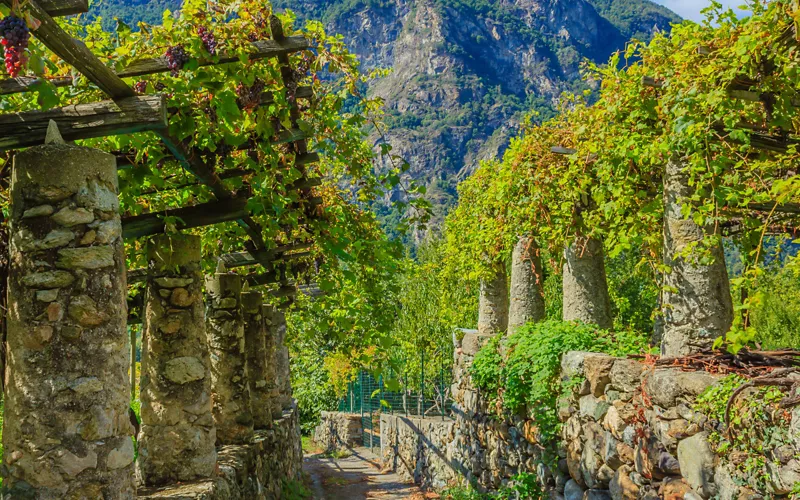
The terraced vineyards of Carema can be visited along a 4 km loop trail called Sentieri dei Vigneti marked by yellow signs. The path proceeds between stone walls, mountain cliffs and small roads running alongside the vineyards. It’s a veritable labyrinth connecting the terraces to each other via small stairs and tiny paths that respect the mountain's contours.
Take a break at the chapel of San Rocco dating back to the 17th century: the view here opens out over the natural basin, the terraced vineyards and the village of Carema. You’ll reach another chapel, dedicated to San Grato and called Siei Chapel, at the highest point of the trail at an altitude of 394 metres.
It takes just over two hours to walk the entire path at a leisurely pace, enjoying the view and the stops. In the mood to walk more? Then continue on to the ruins of Castruzzone Castle atop a rocky spur. It dates back to the 12th century and was destroyed in the 16th century during the war against the French.
Carema DOC wine
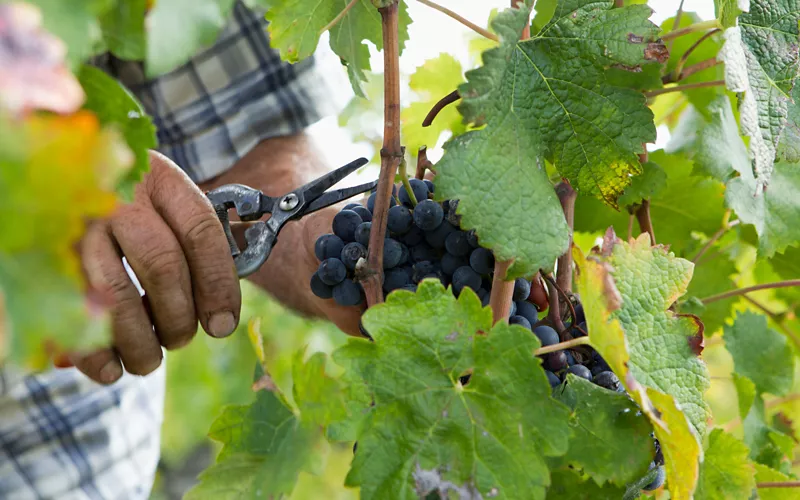
The Carema DOC appellation dates back to 1967, but this wine was already popular in the 15th century. It is made using the Nebbiolo grapes cultivated here using ancient methods, as mechanisation is impossible due to the conformation of the land. Vineyard care and the grape harvest are still done by hand, as in the old days. The writer Mario Soldati described it as a wine “with an inimitable taste of sun and stone”.
A stroll through the village of Carema
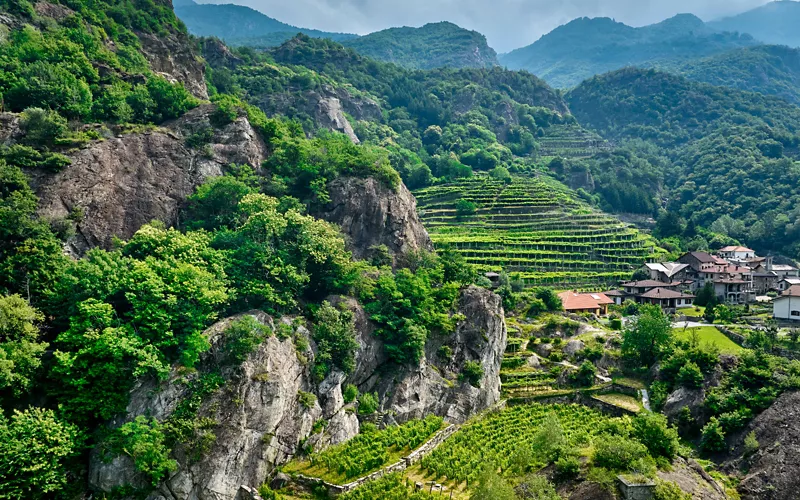
After a walk along the trail and a tasting in one of the local wine cellars, don't miss a meander among the village's medieval alleys. A bishop's fief until 1357, then under the Savoys, it still retains its tangle of streets bordered by stone-roofed houses.
Don't miss the stone fountains such as that in Via Basilia decorated with the coat of arms of the House of Savoy and French kings, which dates back to 1571, or the 1640 fountain of St Matthew. Other sites worthy of a visit are the 60-metre-high St Martin's bell tower, the Chapel of the Blessed Sacrament and two safes, Palazzotto degli Ugoni and the Grand Masun.

